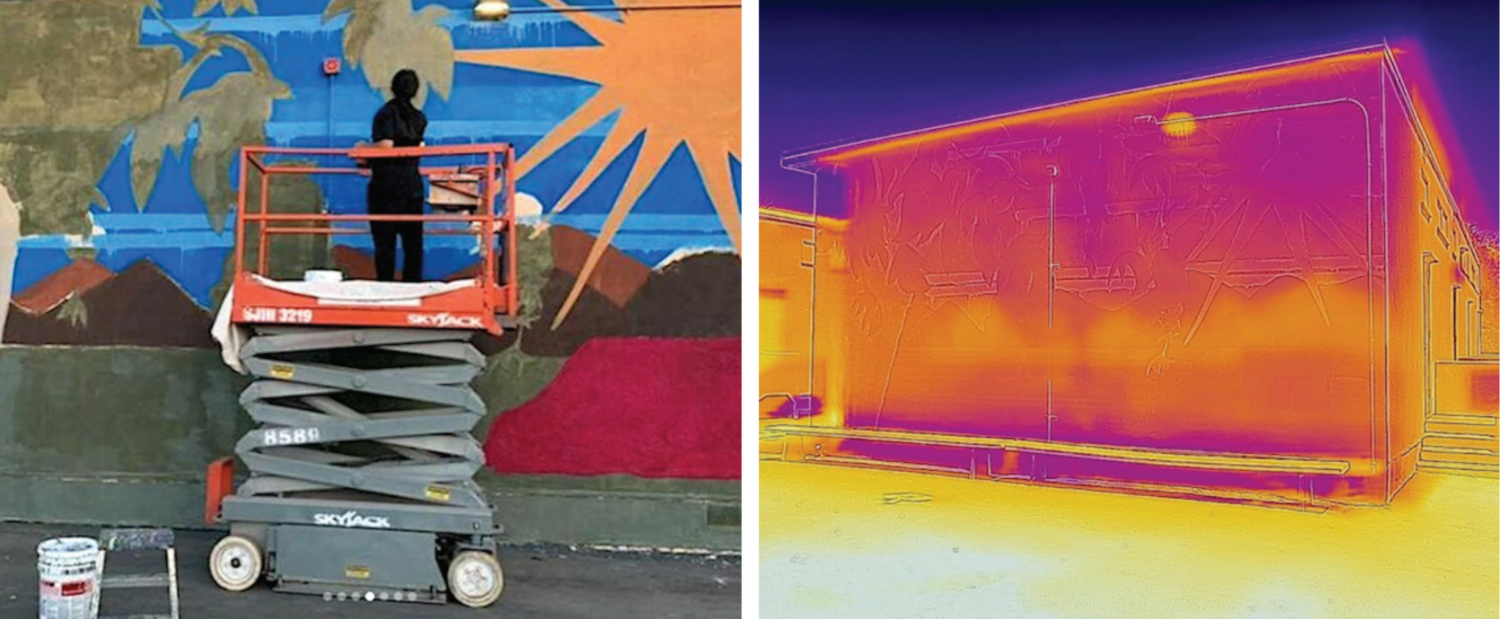Leap Explains Increased Violence During Lockdown
Adjunct Professor of Social Welfare Jorja Leap spoke to California Healthline about the spike in homicide rates in California during the pandemic. An increase in conflict among young adults, including gang activity, and the closure of schools, sports and community programs led to an increase in violence that disproportionately affected Black and Latino communities. “The sports after school — football, basketball, whatever it might be — all that is stopped,” Leap said. “So, frankly, you got a lot of adolescent and young adult energies out there.” She also noted that pandemic-fueled anxiety and isolation corresponded with a huge increase in gun sales, which further contributed to the rise in violence. As California slowly reopens, Leap said, it will take a broad effort to bolster jobs and education, along with short-term intervention aimed at those still hurting from the pandemic, to improve the social conditions that contributed to the increase in homicides.

